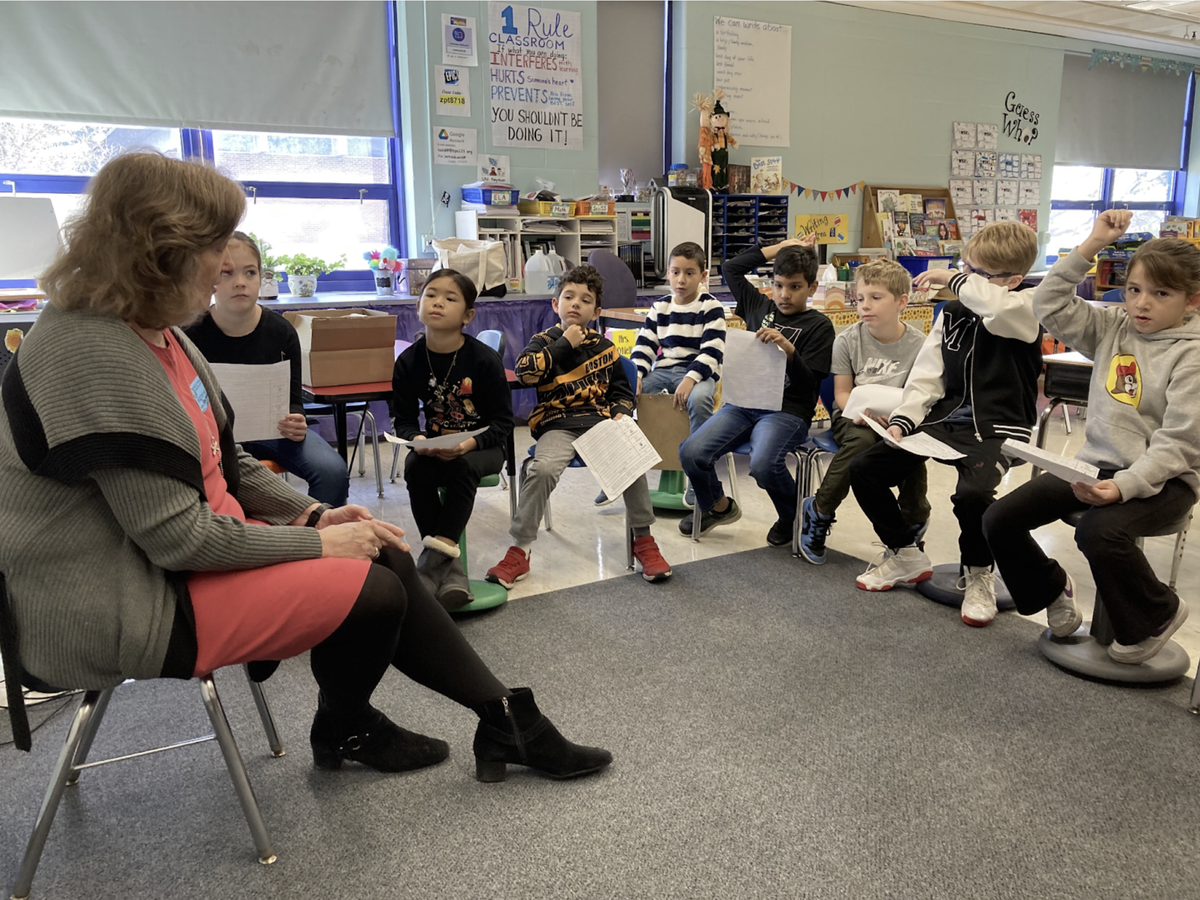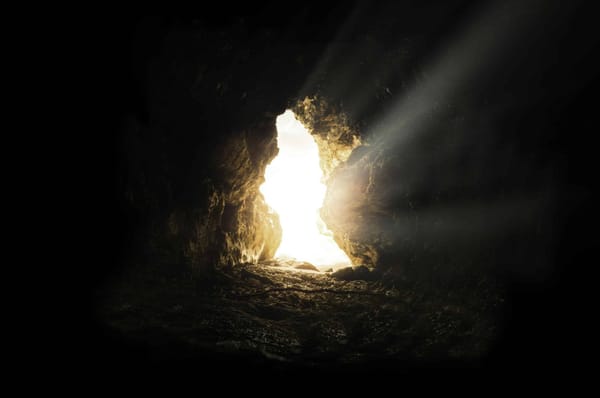Burlington Looks to Schools to Spark Civic Engagement

Civic engagement in Burlington has been low in recent years, often with with under 80% turnout at town meetings, limited committee participation, and a notable lack of interest from younger residents. In addition, local election turnout prior to 2024 averaged about 15%. But longtime community advocate Myrna Saltman believes the solution begins with education—and action.
Saltman has spent decades trying to strengthen local involvement. She got her start in the 1970s by supporting her daughter’s education and joining the League of Women Voters in Wayland, where she helped revive the women’s softball team and developed a passion for political engagement.
After moving to Burlington, Saltman brought that same energy to town affairs. Saltman has worked on committees focused on public transportation, capital budgeting, and environmental protection. Today, she’s advocating for better voter registration, stronger support for local candidates, and increased turnout in municipal elections.
“Most of the people who live here and that I interact with don't even know how the town really runs,” said Saltman.
Following January's Civic Expo hosted by Burlington Buzz and the Town of Burlington, Saltman recently proposed having a Candidate’s Night – a forum where residents could meet and ask questions of local office seekers – but struggled to find support. She hoped to increase the community’s understanding on local issues and politics. She reached out to the Lexington League of Women Voters for help organizing the event but didn't hear back.
Burlington lacks its own chapter of the League of Women Voters, which makes organizing civic events difficult. But while town-level efforts face roadblocks, Burlington’s schools are leading the way in fostering civic knowledge.
Saltman sees early education as key to long-term engagement. She has supported intergenerational programming in the Burlington Public Schools and hopes to see more civic curriculum introduced at the high school level.
“I would tie it to my intergenerational interest,” said Saltman. “I would love to go up to the high school and see what they do to teach civics there.”
Civics education in Massachusetts became a state requirement in recent years, prompting districts like Burlington to embed engagement opportunities into their curriculum.
One example is the sophomore civics project at Burlington High School, a program that allows students to research local government, analyze problems, and develop policy proposals. Social studies teacher and department chair Jennifer Brumby said the project is a cornerstone of their civic education efforts.
“We started it because it was a state requirement that was added when they redid their curriculum and guidelines. This is something that we sort of housed within that,” said Brumby. “That is by far the biggest thing we do. It pretty much hits every student in the school.”
Some of the students’ ideas have even reached town and state officials. One student group advocated for a crosswalk on Cambridge Street—a busy road near the high school. Their proposal was accepted by the Massachusetts Department of Transportation and is now in progress.
The school systems are also getting involved in supporting the community.
At the middle school, Christine Evans, the seventh grade social studies teacher and Curriculum Coordinator, makes it a goal for her students to be involved in student council.
As a part of the student council, students give back to the community. “We do fundraisers to raise money for the different causes in the community,” said Evans. “We do a food drive to the Burlington Food Pantry.”
Outside of these efforts, Evans supports the use of the eighth grade civic curriculum to get students to become active participants in society.
“Over the last few years, there had been more engagement and involvement in trying to add more civic awareness to and projects to the eighth grade curriculum,” said Evans.
Efforts to build civic awareness start even earlier. At the elementary level, Sean Musselman, science and social studies specialist, helps teachers connect classroom lessons to local government.
“Recently we’ve partnered with the town’s clerk’s office to engage kids in ... recognizing when there are town elections, and we’ve done that by promoting an “I voted” sticker contest,” said Musselman.
Through the initiative, students create locally-relevant designs for the stickers residents receive when they vote at a local election. They also visit polling places and learn about the democratic process. Another program, Interview Day, brings elected officials into classrooms to speak with students.
“I’ve been happy to support interview days where we get those elected people and people of the city to come in and be interviewed,” said Musselman.
The Town Clerk’s office also holds a Student Vote at the local elections, where kids get a ballot and “vote” alongside their parents.
By combining civic education with hands-on experience, Burlington schools are aiming to create a new generation of engaged residents. For educators like Brumby, the stakes are high—but so is the potential.
“This generation of kids that’s coming up, they’re so aware of social advocacy and global issues,” said Brumby. “I think a lot of them have these sorts of ideals.” By instilling a sense of civic awareness, she says, teachers are showing students, “you have a voice and let’s do something.”
Ella Rogerson is a student at Endicott College studying journalism.
Editor's Note: This article has been edited to correct the title of Christine Evans and some factual details about BHS civics offerings.




